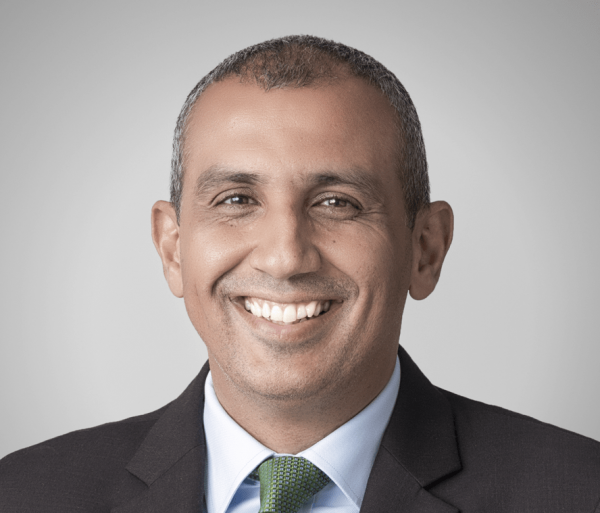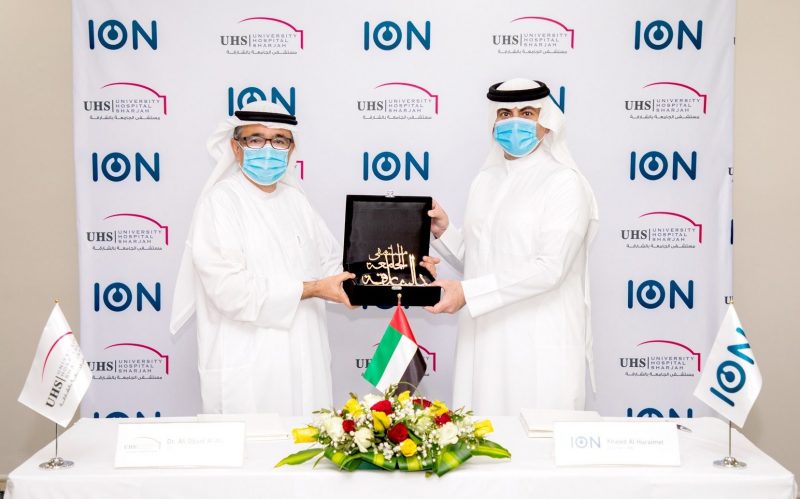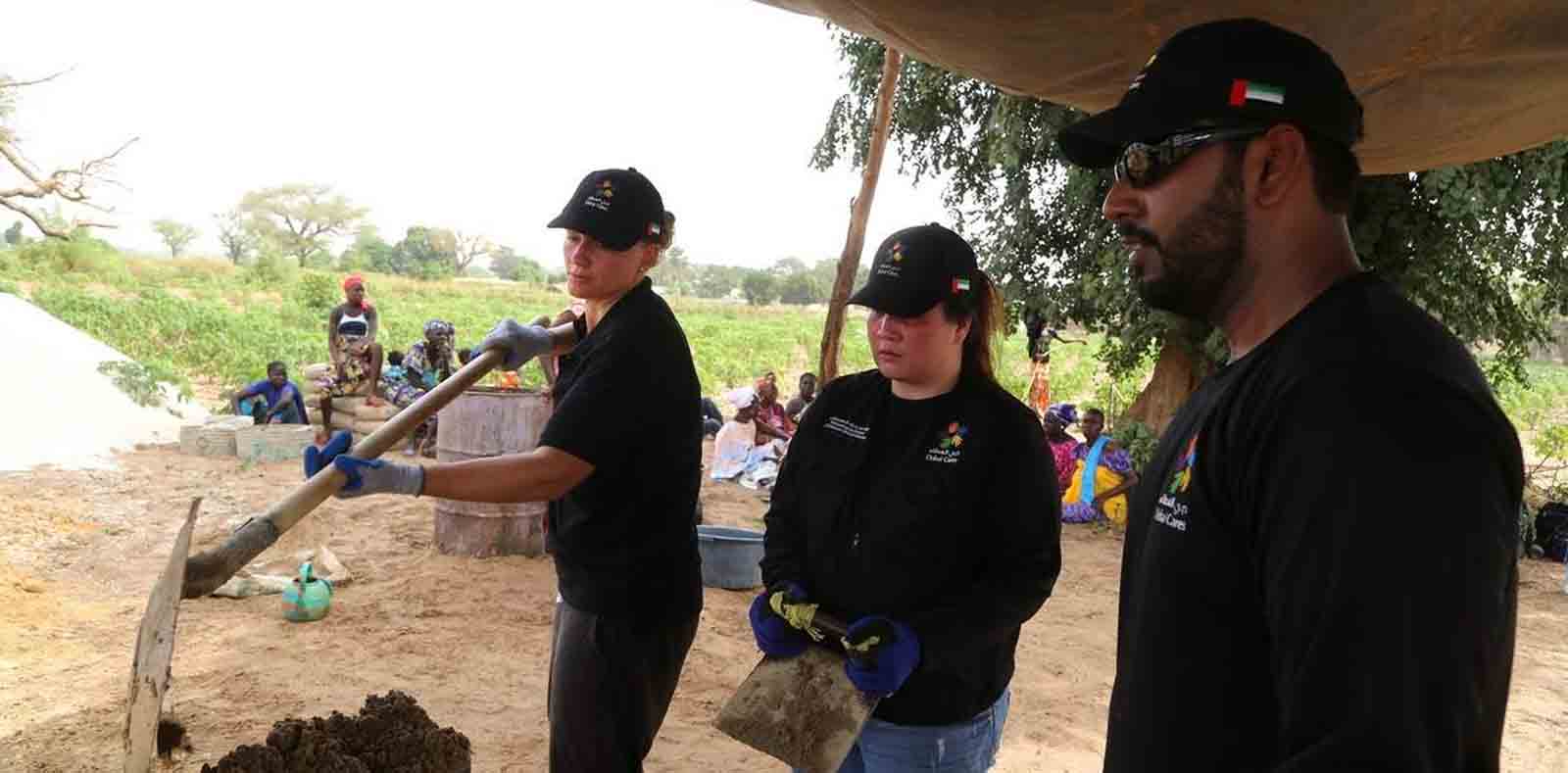Tackling Embodied Carbon Reduction
Climate Change

December 21, 2020, 10:54 am
Majid Al Futtaim- Embodied Carbon Op-ed
There is no doubt that climate change is one of the greatest challenges of our time. Yet despite the vast amount of information experts are producing on this subject, embodied carbon reduction is a vital topic that commands less column inches and is achieving minimal progress outside a few advanced international companies. If we fail to acknowledge the risks associated with embodied carbon, the Middle East, North Africa and Asia could find itself reactively addressing rapidly changing industry guidelines. While the need to address this issue is low at the moment in comparison to operational carbon, if it’s not addressed, the embodied carbon challenge becomes greater and greater. The issue is also magnified by the figures being produced by numerous leading international bodies, many of which paint a remarkably sombre picture if action is delayed.
Working together to identify supply chain advantages that limit carbon-intensive materials is key for long term embodied carbon reduction progress.
New research from the IPCC, the UN, the World Green Building Council and the scientific community at large amplifies the urgency of this issue by stressing the critical importance of a 2030 milestone: “If we do not achieve a 65% reduction in total global emissions by 2030 we will have lost the opportunity to meet the 1.5/2 ℃ warming threshold, and climate change will become irreversible“. This reality compounds the issue that by 2060, the total global floor area of buildings will double, with more than 50% of this anticipated within the next 20 years. Mitigating risks, reducing embodied carbon emissions, and preventing a worst-case climate change scenario requires more than good intentions: we need swift and decisive action from industry leaders across the planet, starting today.
While European countries have taken the lead on this issue, there is a growing responsibility for leaders in this region to become champions in their organisations to advocate future development in an environmentally responsible manner. With few benchmarking case studies of embodied carbon success in the Middle East and North Africa, Majid Al Futtaim is taking significant steps to lead the conversation across the region. However, this is a challenge that requires cooperation, knowledge sharing and public/private and academic partnerships. Embodied carbon reduction requires a unified approach from industry leaders.
Data from embodied carbon assessments undertaken by Davis Langdon for 30 new build offices shows a wide variation of results – indicating there is no such thing as a ‘typical’ building. The average emissions of the case studies presented in the research was 964 kgCO2e/m2. The maximum value was 1,650 kgCO2e/m2 and the minimum was 520 kgCO2e/m2. Critically, while the emissions produced vary from building to building, the proportion of embodied carbon in the structural elements across all buildings on average is 60%. Therefore, as with most issues of sustainability, reducing our embodied carbon also comes with a clear business case. The main company benefits to tackling this matter include cost reduction through efficiency gains; further capital investment can also be reduced, as can maintenance, repair, and replacement costs.
The good news is there are low hanging fruits we can pick in this region to make significant upfront impacts in the design and construction process going forward. Working together to identify supply chain advantages that limit carbon-intensive materials is key for long term embodied carbon reduction progress. For example, sharing procurement insights and championing suppliers of lower carbon concrete alternatives, carbon-sequestering building materials and high-recycled content finishing materials is a positive step towards enhancing the region’s collective impact. An open-source attitude towards best practice and implementation will ensure we benefit from each other’s knowledge and experience.
Majid Al Futtaim is calling on large private sector organisations in the region to consider policies that ensure that all suppliers are conforming to relevant and progressive standards when it comes to embodied carbon. This level of self-imposed change is not easy, but it is necessary. The need to work together is paramount, as a handful of companies alone cannot affect the change required to achieve carbon reduction on the scale required.










